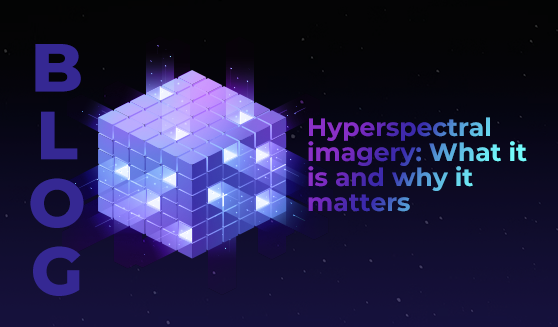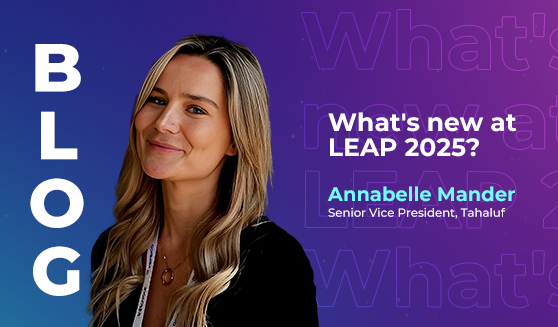
It might sound a bit like something from Ghostbusters, but hyperspectral imagery is gaining interest (and investments) in the tech industry.
It’s a technique that collects and processes information across the electromagnetic spectrum, in order to obtain the spectrum for every pixel within an image. This means that materials and objects can be accurately identified through the analysis of their unique spectral signatures.
Hyperspectral imagery is collected as a data cube. Spatial information is collected in the X-Y plane and spectral information is collected in the Z-direction – with data sets usually composed of around 100-200 spectral bands.
Imaging and spectroscopy (the measurement of spectra produced when matter emits or interacts with electromagnetic radiation) are combined in a single system – using large data sets, and requiring new processing methods.
What can hyperspectral imagery be used for?
Loads of stuff. Applications include:
- Environmental monitoring
- Food quality and safety processes
- Waste sorting and recycling
- The control and monitoring of pharmaceutical production
- Remote sensing
And more. Currently, fields including astronomy, biomedical imaging, agriculture, mineralogy, molecular biology, physics, geology, and surveillance use hyperspectral imaging to support investigations, monitoring, and other processes.
Because hyperspectral cubes can identify specific spectral signatures for materials, which are used like fingerprints – enabling accurate identification of those materials.
Hyperspectral imagery startups are raising funds
As the value of existing and potential applications for this technique become clearer, hyperspectral imagery startups are gaining traction.
One such startup is Finland-based Kuva Space (formerly Reaktor Space Lab) – aiming to use real-time global hyperspectral insights to manage climate change impact, situational awareness, and food security around the world. It does this by:
- Providing global yield forecasts and crop health analysis for the agriculture industry.
- Providing verification of carbon sequestration and biodiversity to enable governments, landowners, and businesses to engage in carbon credit markets with certainty that their efforts are actually making a difference.
- Automating the detection of change of any material (on land or at sea) to improve global situational awareness, detect natural or human-made environmental threats, and optimise the management of resources.
In Q3 2023 Kuva Space closed a €16.6 million Series A funding round, led by Voima Ventures and Nordic Foodtech VC. The startup has successfully launched three nanosatellites into space so far, including a cubesat fitted with a hyperspectral camera. According to TechCrunch, Kuva plans to scale to enable hyperspectral imagery of Earth that’s updated daily by 2026; and by 2030, the aim is to have 100 satellites in orbit.
And instead of focusing only on large-scale contracts, Kuva wants to offer hyperspectral imagery in the SaaS space – providing insights to customers on a subscription basis.
Other hyperspectral imagery startups that have raised funds in 2023 include:
- Pixxel: based in India, with USD $36 million raised from investors including Google, Blume Ventures, and Lightspeed India Partners.
- Orbital Sidekick: a Silicon Valley-based startup, with a $10 million investment round led by Energy Innovation Capital.
- Outsight: a French startup that has raised $41.6 million from 10 investors, including BNP Paribas and Bpifrance.
Hyperspectral imagery is a rapidly developing field
The growing interest in hyperspectral imaging shows that more major industry players are recognising the potential of this technology to revolutionise industries. We expect to see more growth for hyperspectral startups – and as a result, the emergence of new uses over the coming months and years.








